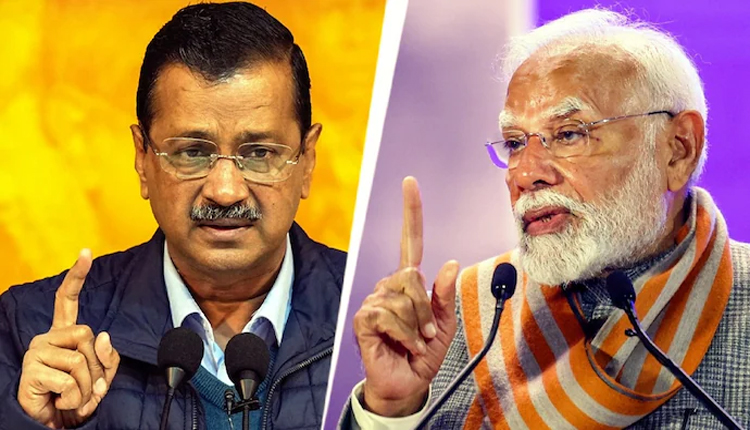New Delhi: AXIS MY INDIA exit polls are out, and things look positive for the BJP after the Delhi Assembly elections. Of these 11 exit polls, 9 suggest a government led by the BJP in the national capital. However, the voting trends and issues indicate that the path ahead for the BJP might not be smooth.
Background
Delhi has had seven Assembly elections since 1993. Only once has any individual party not been in the majority, except in 2013. The BJP became the largest party in 2013 but was four short of a majority, finishing with 32 seats. The Aam Aadmi Party (AAP) came to power with 28 seats with the backing of the Congress, which had eight seats. In the elections of 2015 and 2020 , AAP secured a full majority.
Challenges for BJP
Past Record: BJP last won in Delhi in 1993. In spite of massive national waves in 2013 and 2015, the party faced resounding defeats in the Delhi Assembly elections. In Delhi, the BJP boasts no universally accepted leader and essentially depends on the Modi Brand. While Modi himself went out to campaign asking for votes in the name of the PM, Arvind Kejriwal was not only focused on his old promises but also on the new announcements. Around a quarter of voters in Delhi tend to vote for the Chief Ministerial candidate.
Moreover, AAP is also far off from BJP on seat and vote numbers. In 2020, AAP won 62 of the 70 seats with 53.57% of the vote, while BJP won just eight seats with 38% of the vote.
Delhi Exit Polls: Exit polls in Delhi have often been wrong. For example, exit polls indicated a massive victory for BJP in 2013, but the results showed a different picture. Exit polls underestimated AAP’s performance, as in 2015 and 2020. AAP had won 67 seats in 2015, but no exit polls had predicted more than 53. In 2020, exit polls indicated that AAP would have to settle for fewer seats, and the party lost only five seats at a zero-budget facility. Recent inaccuracies by exit polls have been pointed out by AAP leaders, including MP Sanjay Singh, to reject current predictions.
Impact of low voter turnout: Low voter turnout in the past has hurt AAP. The government has only changed in Delhi since 2008, when voter turnout increased by more than 5%. The Election Commission said the turnout was 60%, compared to 62.8% in the last election. This indicates that the public does not seem to be angry enough to demand a change of government. Areas like Mustafabad and Seelampur, which are Muslim majority, saw a higher turnout.
Reserved And Minority Seats: The Delhi Assembly has 70 seats (12 reserved for Dalits and 8 for Muslim-dominated). In the past, the BJP has performed poorly in these Lok Sabha seats. The party hopes to use that power to sway Congress, but with Congress’s campaign, it doesn’t seem like it may have too much effect in bringing about large change. Dalit seats and Muslim-majority seats are equally important for AAP because if AAP wins these decisively, then BJP cannot come to power in any way.
To sum up, in spite of what the exit polls predict for the BJP, history, turnout, and the ground situation indicate that it would be an uphill task for the party to achieve a simple majority in the Delhi Assembly.



Comments are closed.